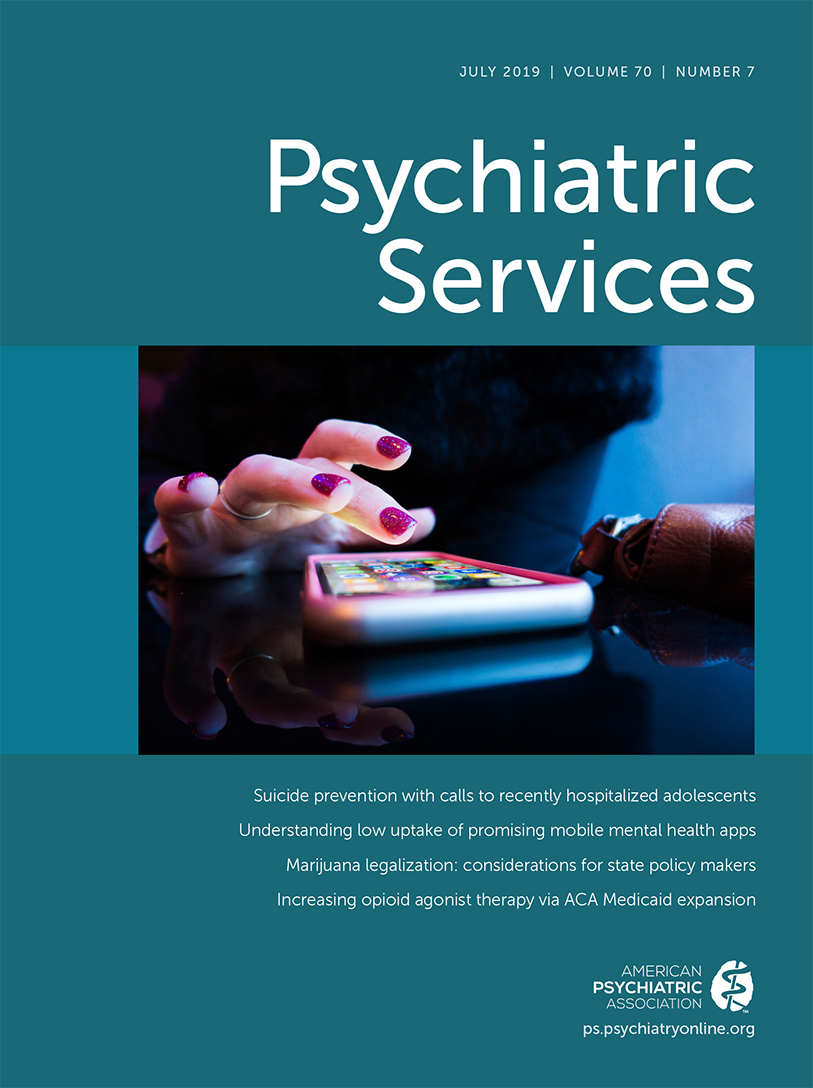Reduction of Postdischarge Suicidal Behavior Among Adolescents Through a Telephone-Based Intervention
Abstract
Objective:
Brief telephone follow-up for a patient with suicidal tendencies after he or she has been discharged from an emergency room or hospital has been shown to decrease subsequent suicide attempts. However, despite the high rate of suicidal behavior in adolescents, this intervention has not been examined in this population. As part of a quality improvement intervention, postdischarge telephone contacts were used to attempt to reduce suicidal behavior and inpatient rehospitalizations among adolescents.
Methods:
Adolescents who were hospitalized for suicidal ideation or attempt (N=142) were randomly assigned to one of two telephone interventions delivered over a 90-day period: either a single call intervention (SCI) or a multiple calls intervention (MCI). The intervention consisted of assessment of suicidality, review of safety plan, and discussion of medication and weapon safety, with up to six telephone contacts in the MCI and up to one contact in the SCI. Primary outcome measures included suicidal behavior and inpatient rehospitalizations; secondary outcome measures included adolescents’ confidence in their safety plan.
Results:
Adolescents receiving the MCI had a significantly lower rate of suicidal behavior (6%) compared with adolescents receiving SCI (17%; odds ratio [OR]=0.28, p=0.037); results persisted while the analysis controlled for relevant covariates (OR=0.25, p=0.032). Similarly, adolescents receiving the MCI reported significantly greater confidence in their safety plan at 90 days (95%vs. 74%; p=0.001), which, in turn, was associated with a lower rate of suicidal behavior (OR=0.95, p=0.019).
Conclusions:
A telephone-based intervention for providing recurrent follow-up soon after discharge is feasible in the adolescent population and may be effective in reducing postdischarge suicidal behavior.



